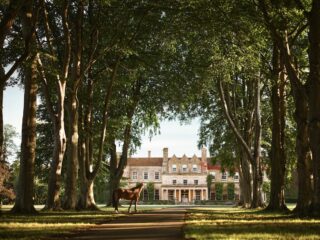This website uses cookies so that we can provide you with the best user experience possible. Cookie information is stored in your browser and performs functions such as recognising you when you return to our website and helping our team to understand which sections of the website you find most interesting and useful.
European Detour: Portugal
By Gabriel Power | 24 March 2021 | Culture, Food & Drink, Travel
Five exclusive destinations for those looking to go against the grain and avoid the crowds
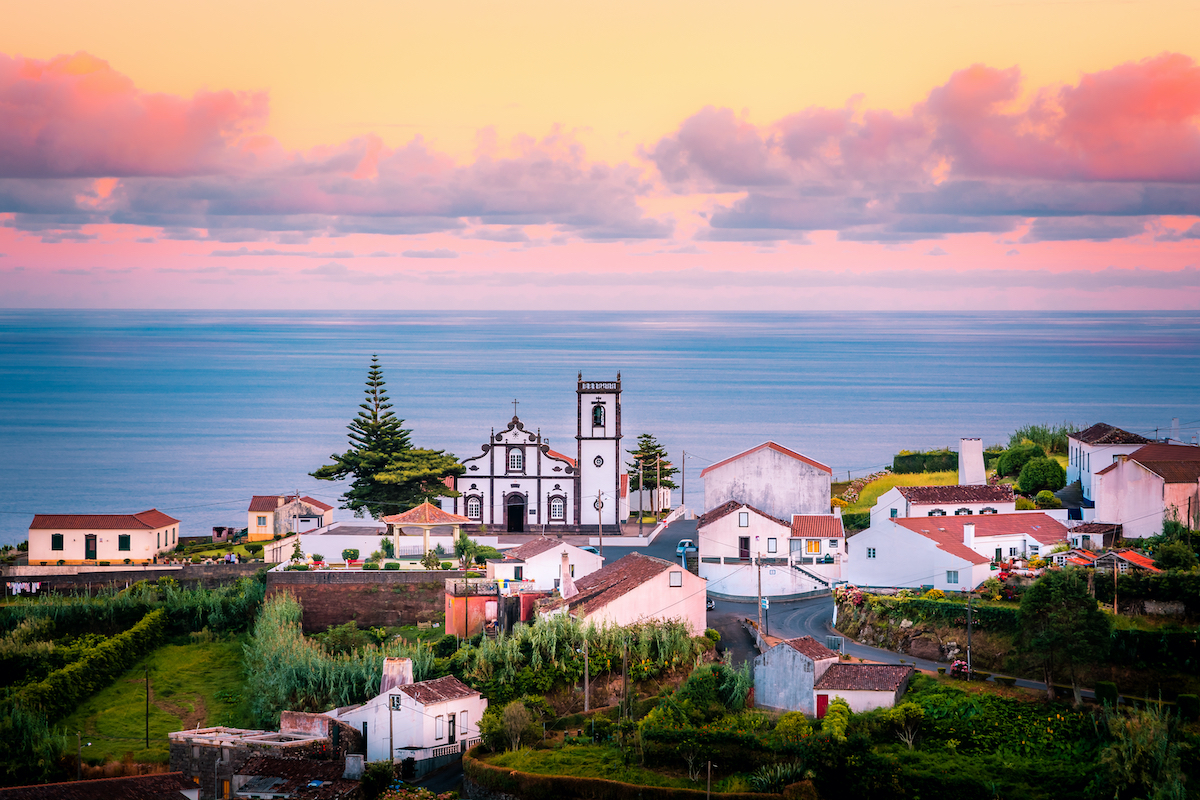
With international travel now a very real possibiliy in 2021 after a lengthy delay, holidaymakers are already gearing up to take to the European mainland for the post-pandemic trip of a lifetime. But if the glitz and glam of the continent's iconic cities or the chaos of its tourist-thronged beaches is a somewhat offputting prospect for you, why not explore some of the lesser-known corners of Europe away from the crowds? In our brand-new online-only series European Detour, Tempus explores the most spectacular regions, cities and sights in each of the continent's most popular countries for holidaymakers. In this fifth instalment we're heading to Portugal, the western frontier of Europe.
To some, Portugal is already an intriguing prospect for holidaymakers. Compared to its behemoth neighbour Spain and the other southern Mediterranean nations, the whole country is off the beaten track, with its wondrous beaches, vibrant cities and sweeping vineyards attracting considerably fewer visitors than the giants of European tourism.
To those in the know, however, Portugal is criminally underrated; it is a symphony of cultural heritage and natural wonder that is more than deserving of any intrepid traveller's time. But even these clued-in globetrotters may not be aware of some of the country's lesser-known corners, which include a remote and wild national park, a volcanic island and even a ski region. Here are five tourist-free regions of Portugal that are simply unmissable.
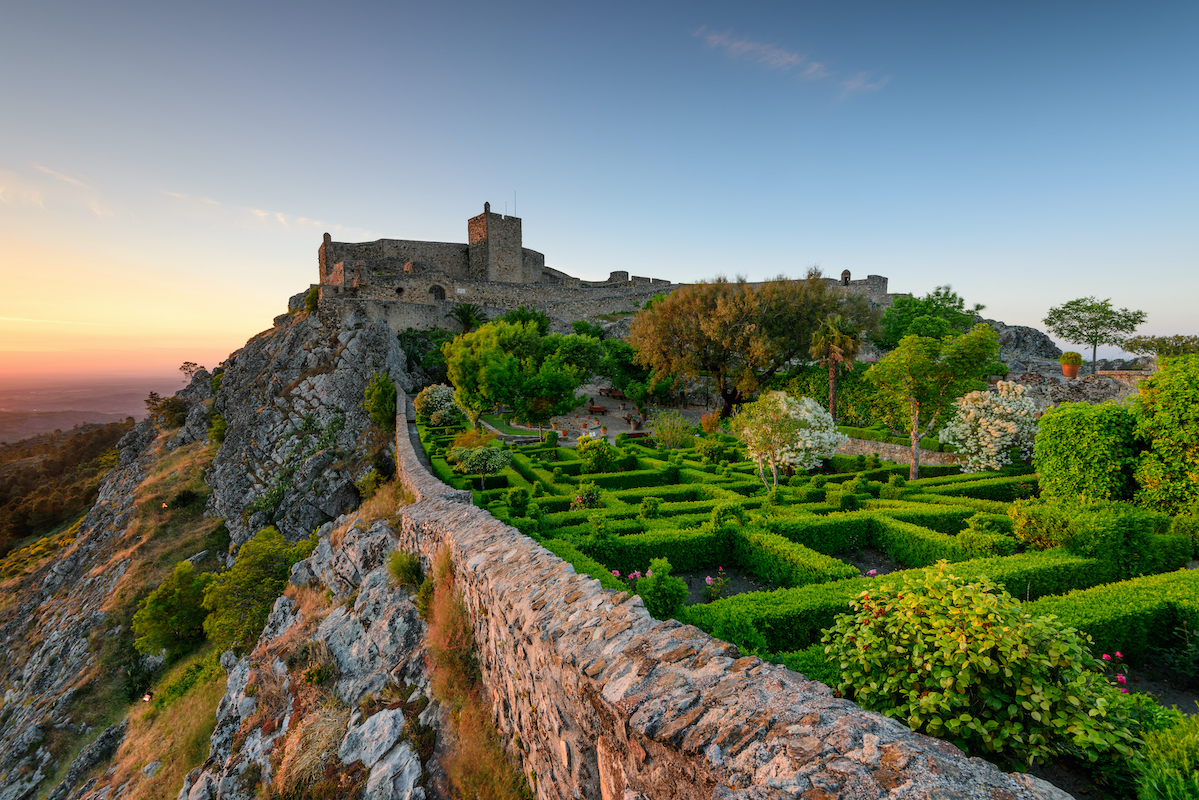
ALENTEJO
Alentejo is less a modern administrative region and more an ancient, cultural one. The largest of the now-defunct medieval provinces of Portugal, Alentejo covers an enormous strip of land from the Spanish border all the way to the Atlantic coast and contains a cornucopia of different landscapes. Yet despite its formidable size, being flanked in the northwest by the tourist-heavy capital district and the resort-filled Algarve to the south has seen it overlooked by travellers.
And to be fair to those heading to Portugal for neon nightlife or a party on the beach, Alentejo is not the logical choice. It is an enormous region with almost no major urban centres; its largest city, Évora, has just 55,000 residents. But this could scarcely serve as a better testament to its promise as an upcoming tourist hotspot with jaw-dropping heritage sites, world-class wineries and austere castles almost entirely free from the throngs of tourists that you might see in similar locations near Lisbon, Porto or Faro.
In Alto Alentejo, the northernmost part of the province, lies Torre de Palma Wine Hotel, a luxurious hideaway amid the copious vineyards of the region. This rural retreat is brimming with bucolic charm without skimping on the frills and features a both an indoor and outdoor pool as well as offering a taste of Alentejo cuisine at the on-site Basilii restaurant. And of course, a glass of wine is never far away. Other superb choices include Herdade Da Malhadinha Nova, offering Alentejo-style country farmhouses with stunning views over a family-owned wine estate, and Convento do Espinheiro Hotel, a national monument and one of the most famous monasteries in the country, now repurposed as a luxury hotel and spa.
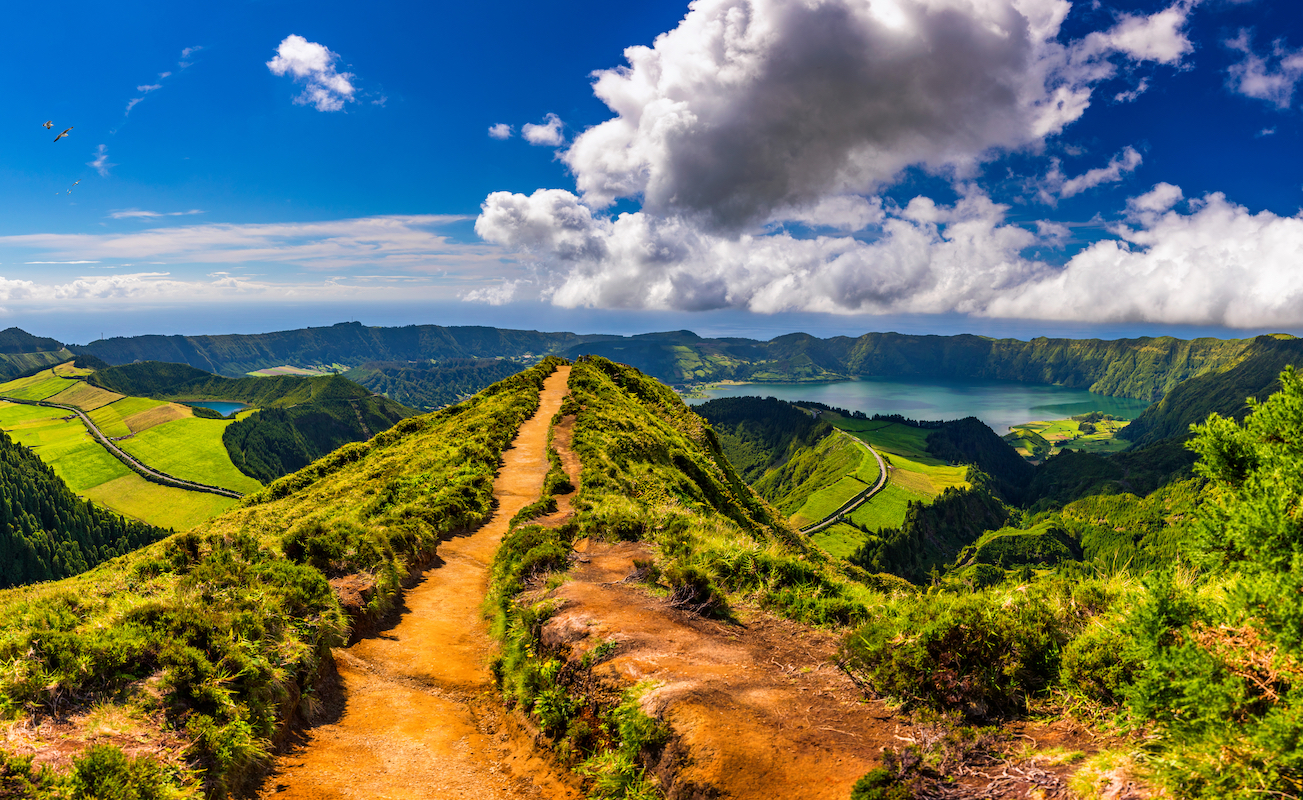
SÃO MIGUEL
The Age of Discovery, the era from the 15th to the 19th century which changed the course of history forever, was spearheaded by the Portuguese, whose merchants meandered their way across the globe in search of new lands and the riches they would provide. But long before they settled in Mozambique, Brazil and Japan, they found a small chain of alien-looking volcanic rocks out in the frigid mid-Atlantic, kissed by semi-tropical winds and teeming with bizarre wildlife, and they decided to call it home.
Although all of the Azores islands are worth a visit, São Miguel, the largest and most heavily populated, is the pick of the bunch. Here, at Europe's westernmost point, travellers can hike majestic volcanos, soak in natural geothermal waters, indulge in a tasting at a tea plantation and trek through rainforests; all in one day if they so please. A trip west to the extraordinary Sete Cidades volcano crater is a must – don't worry, it's dormant – for a hike into the enormous walled caldera to the vibrant blue lake that lies within. A night on the town in the capital Ponta Delgada is also key to experiencing the Azores not just for their beauty but for their unique culture. Head down to one of the charming outdoors bars for a glass of the local Arinto dos Açores wine and a chat with a local about the archipelago's remarkable history, splendid architecture and their highly unsual accent – they take a humorous pride in the fact that even native mainlanders struggle with Azorean dialects.
For a comfortable stay overhanging the ocean, White Suites and Villas are the perfect place from which to explore the island. This contemporary boutique hotel opened in July 2017 and is housed in an 18th century building in the village on the southern coast of São Miguel. As its name suggests, everything is brilliant white from the whitewashed walls and concrete floors to the ocean facing terraces. The furniture is created from raw wood including the driftwood effect chairs and tables on the terraces and the guestrooms are beautifully draped in cotton, wool and linen fabrics.
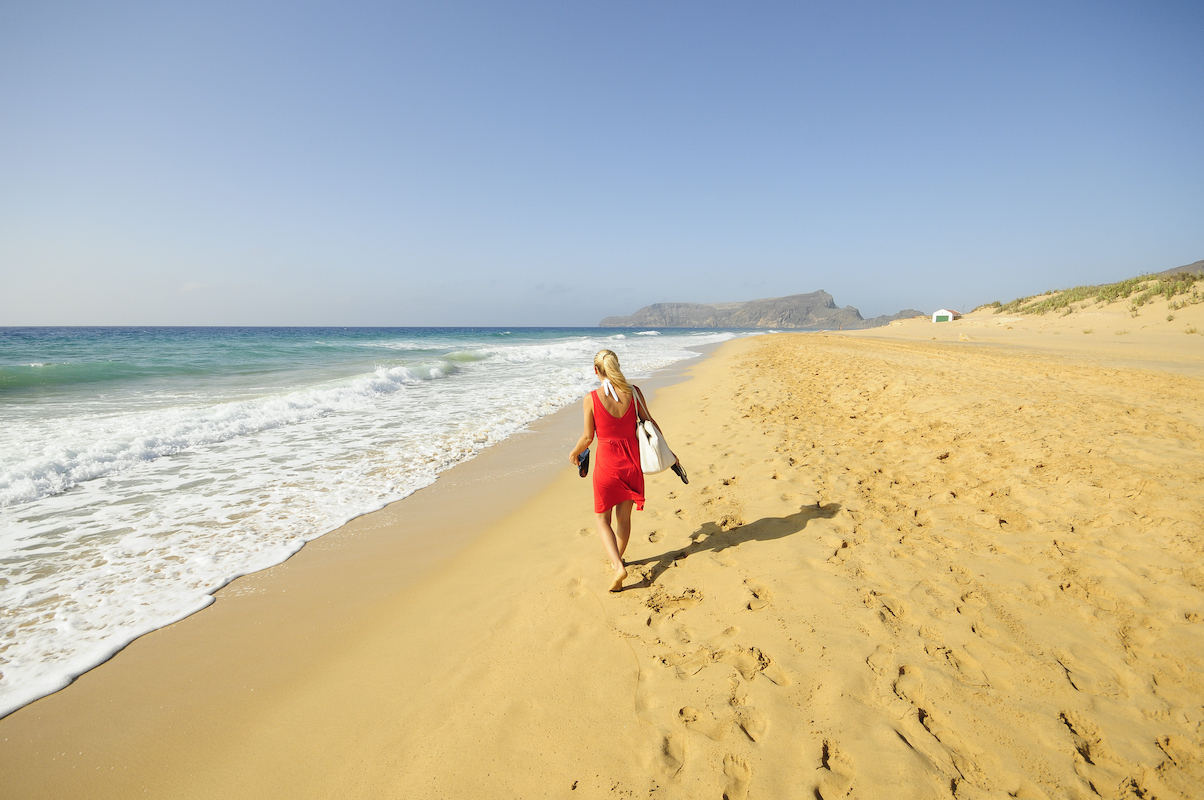
PORTO SANTO
The island of Madeira, with its dramatic mountain ridges, dense forests and iconic fortified wine, is well-trodden ground for the intrepid European traveller, despite its considerable distance from the continental mainland. But many may not know that Madeira as an administrative region actually contains a small handful of other islands: the aptly named and entirely unpopulated Desertas Islands and what may be Portugal's best-kept secret, Porto Santo.
Porto Santo, 27 miles northeast of the main island of Madeira, is arguably one of the most romantic regions in Europe. Every evening at the beach here is like something out of a postcard, the sun setting over calm seas lapping at endless expanses of sand, flanked by a vast array of wonderful beachfront villas to walk back to for a glass of, well, madeira – what else? The interior of the island is also stunning, with a cluster of peaks in the north dominating the landscape.
As for accommodation, Pestana Colombos is the island's only five-star offering and a perfect base from which to explore Porto Santo. The hotel has an indoor swimming pool and two outdoor swimming pools, a pedestrian bridge to access the beach as well as a spa with a Jacuzzi, sauna, Turkish bath and Hamman so you can relax during your stay.
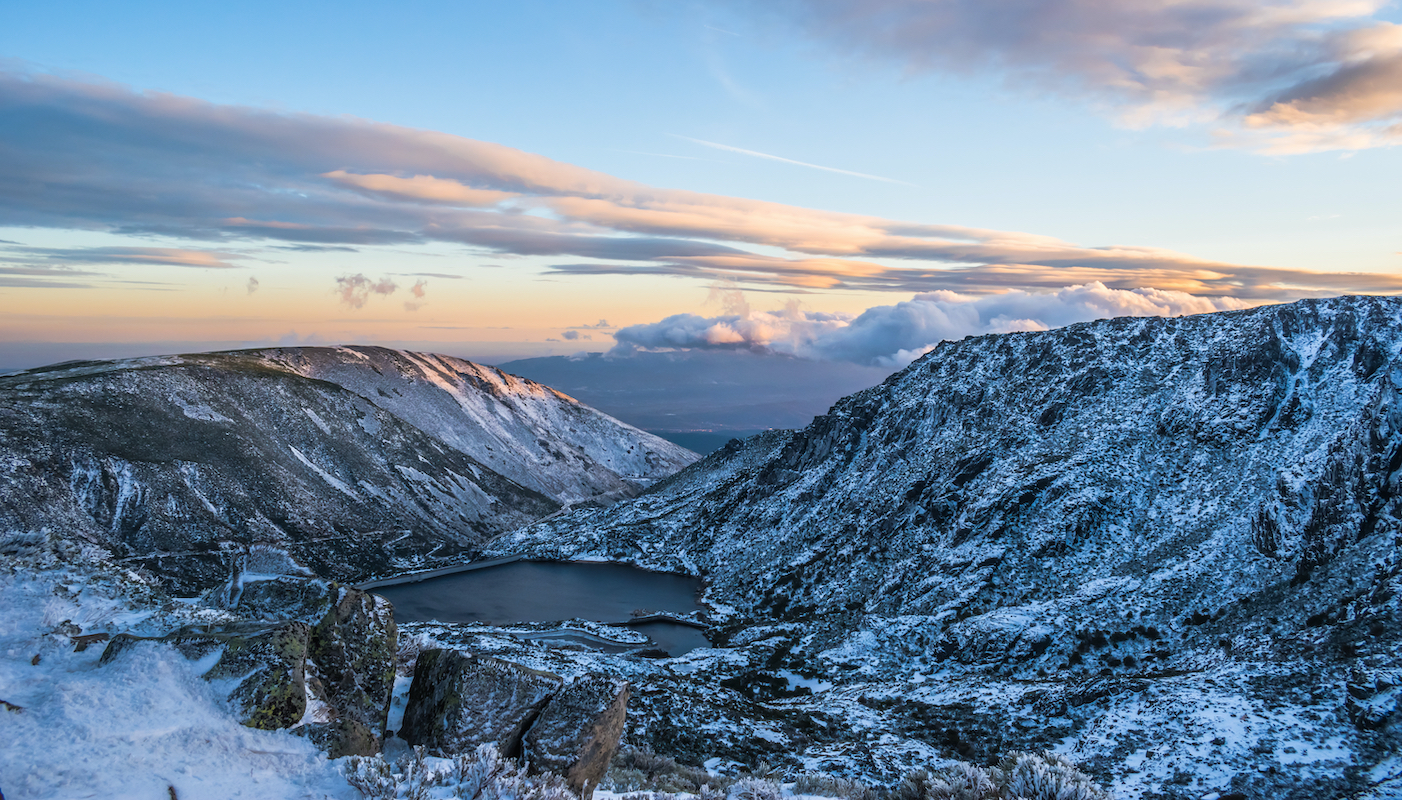
SERRA DA ESTRELA
Attention all skiers: this may come as a surprise but Portugal, a land of lush wine valleys and curvy coastlines that you have almost certain overlooked as your next ski destination, is indeed home to one significantly mountainous region, complete with a handful of enchanting little ski areas. The Serra Da Estrela (lit. "Mountains of the Stars") is rugged, barren and starkly beautiful, and in the winter months resembles an otherworldly frozen planet, so devoid of foliage and human influence is it.
In the height of the snowy season, visitors should don their skis and head up to the somewhat unimaginatively named Ski Resort of Serra da Estrela which, with its gently undulating blue and nursery slopes, is the perfect place to teach the family or – if you're a beginner – to master the art yourself. In the summer, meanwhile, the region morphs into a hiker's paradise, with miles of untouched wildnerness with nary a soul in sight.
When it comes to accommodation in the region, there's simply no contest. Casa de São Lourenço, a glorious five-star establishment perched on a mountainside just outside the town of Manteigas, is a beacon of comfort in this unforgiving region. With lavish suites and rooms overlooking the valley below and the mountains beyond – as well as a well-equipped spa and on-site restaurant – this is a luxury stay that you musn't miss out on.
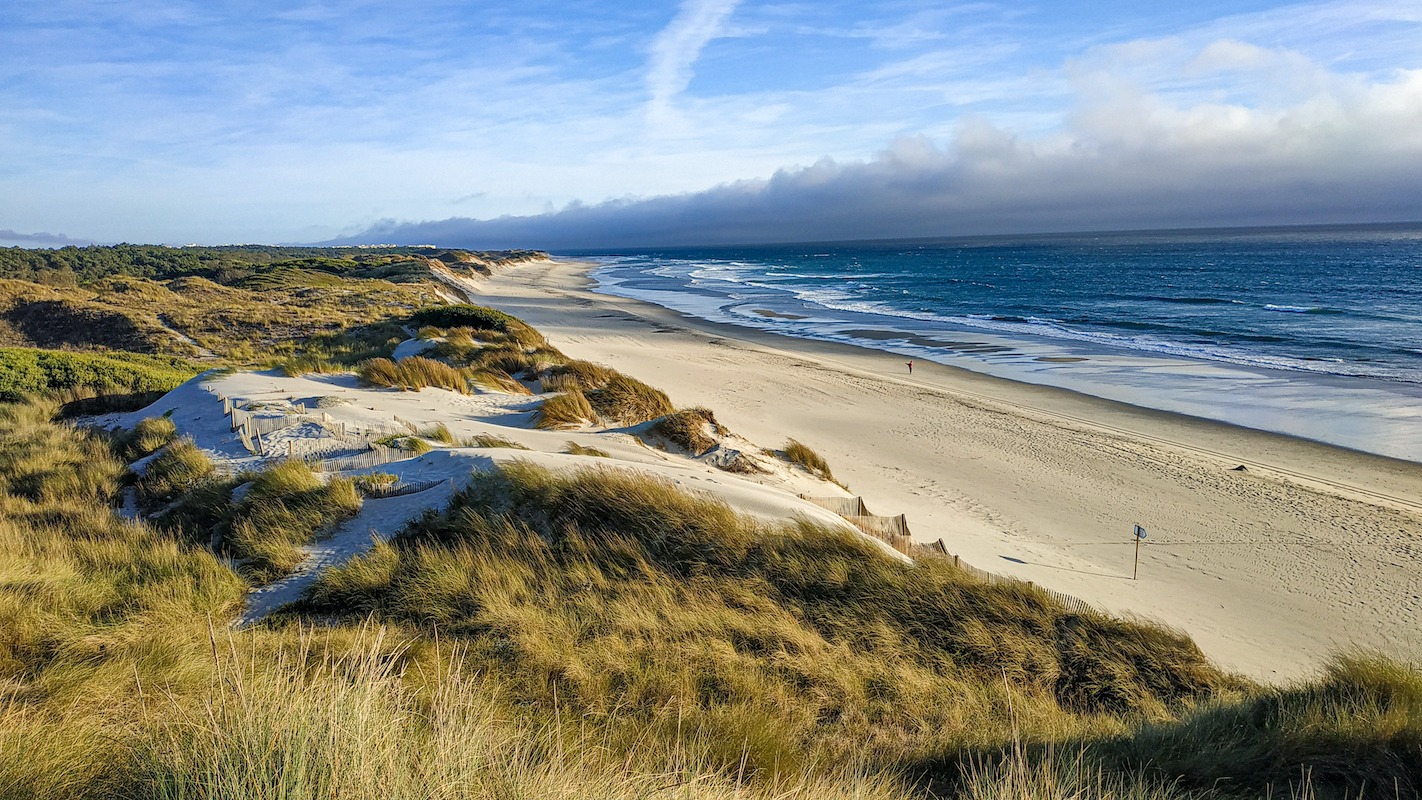
VIANA DO CASTELO DISTRICT
Jutting into the southern corner of the Galicia region of Spain is the wildest of mainland Portugal's 18 subdivisions. This is the Viana Do Castelo District, formerly known as Alto Minho, which is something of a frontier region, comprising of long unpopulated stretches and isolated vilages buried deep in mountainous forests. Notably, the district plays host to Peneda-Gerês National Park, the only national park in Portugal and a spectacular one at that, carved up by jagged rivers and dotted with the wild Garrano horses that have called the hills home since prehistoric times.
In the west, the region also boasts some of Portugal's largest and most beautiful sand beaches, with a particular standouts being the vast Praia da Duna do Caldeirão (lit. "Beach of the Dunes of the Cauldron") near the Spanish border and Praia do Cabedelo, just south of the district's capital of Viana Do Castelo. The capital itself is a quaint little port town with a charming central square sitting in the shadow of the towering Santuário de Santa Luzia, a stunning hilltop church which can be accessed via an adorable funicular railway for stunning views into the open Atlantic.
Head up to Melgaço, the northernmost municipality in all of Portugal, for a sumptuous night's stay at the Melgaço Alvarinho Houses, a selection of luxurious five-star villas situated in a winery set among the rolling hills of this gorgeous corner of the country.





